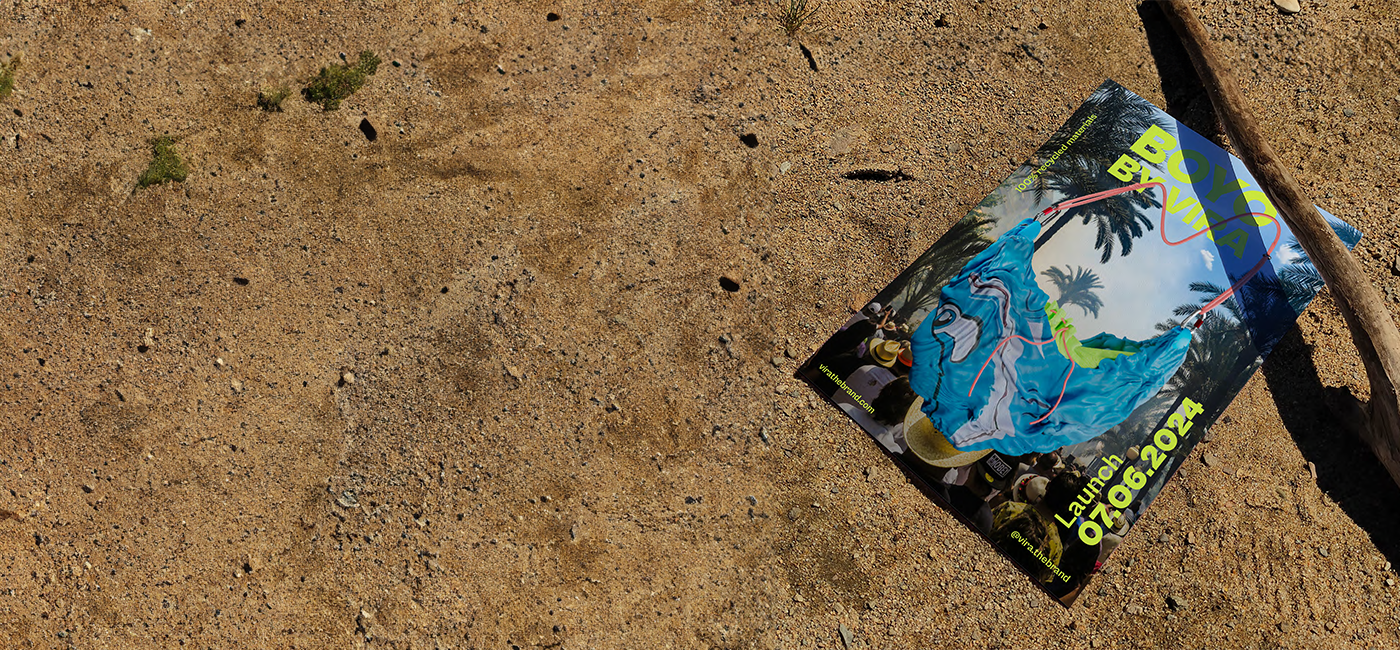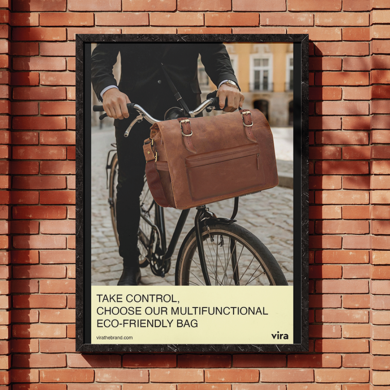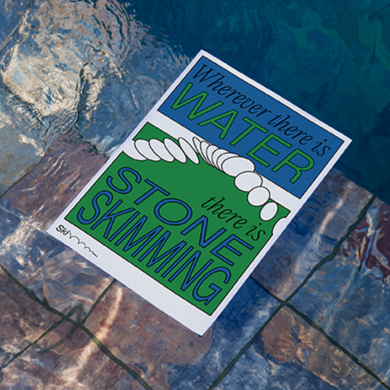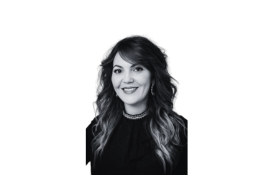1st year of the international program
The Foundation Year in Design is a preparatory year in art and design aimed at creative individuals who wish to prepare for an international career. The preparatory course of the international programme focuses on learning the fundamentals of design in English, developing practices and techniques in drawing, art, and artistic culture.
As the first year of the Bachelor of Graphic Design, the Foundation Year in Design is open to French and international students after high school and prepares them for the advanced courses at the school. It also provides access to prestigious art and design schools in France and abroad. This solid initial phase serves as a crucial foundation for aspiring designers, around which their future skills are built.

The 5-year programme leads to RNCP qualification no. 39251 Artistic Director of Visual Communication Projects level 7 (Bac+5 level) registered by decision published on 27/06/2024
2 semesters - 60 ECTS
Graphic Design Practice – 12 ECTS
- Graphic design fundamentals
- Typography and culture
- Volume
Theory and Method – 10 ECTS
- Graphic and Art Culture
- Analysis and Creative approach
Transversal Skills – 10 ECTS
- Initiation2D/3D
- Photography
Representation – 12 ECTS
- Live Drawing
- Analysis Drawing
- Illustration
- Color
Collaboration – 10 ECTS
- Soft Skills
- Eloquence
- Experimentation
- Final Project
Teaching
Educational Objectives
- Explore various design fields and cultural approaches to stimulate imagination.
- Understand the design process through analysis and conceptualisation.
- Develop visual culture by studying artworks, artistic movements, and contemporary trends.
Subjects Taught
Analysis and Approach
By the end of the year, students will be able to work independently on a defined project. They will have learned to manage their time, take initiative, and demonstrate creativity throughout the process. This project should reflect a genuine creative approach and allow an assessment of the knowledge acquired during the year.
Culture
Students are introduced to a broad and comprehensive overview of major modern artistic movements from the 19th and 20th centuries. They explore key works from this period in Europe and worldwide, while learning image analysis methods, including formal, iconographic, and iconological analysis of artworks.
English
As an essential language in the arts and design industries, English is crucial for students entering an international professional environment. The course covers fundamental language skills and industry-specific vocabulary relevant to artistic creation.
Educational Objectives
- Develop artistic sensitivity by exploring a personal visual language (balance, composition, rhythm, shadows, etc.).
- Structure observation skills and the ability to translate a personal perception of the environment.
- Enrich graphic and artistic vocabulary.
Subjects Taught
Analytical Drawing
Learning to draw helps students understand the construction of forms, the role of light, and composition. By maintaining a sketchbook with personal notes and research, students build their visual culture daily, learning to recognise, experiment, and memorise. This process fosters autonomy, critical observation, and confidence in artistic expression.
Colour
Mastering colours, their associations, and interactions is a fundamental part of drawing education. Students study colour theory, the colour wheel, and colour relationships while applying their knowledge in practice. They learn to observe colours, simplify them, and apply them in successive layers to create depth and volume.
Life Drawing
This course focuses on understanding human body proportions through methodical observation and live model drawing. Students develop speed and efficiency in capturing various poses. Drawing the human form in space also introduces different modes of artistic expression, encouraging each student to refine their personal interpretation.
Outdoor Sketching
- First Semester: Students explore the fundamentals of spatial geometry and learn to represent complex volumes in two dimensions.
- Second Semester: Outdoor sketching exercises take place in museums, public gardens, and city streets. Drawing architectural spaces and statues helps students refine their sense of proportion, volume, and perspective.
Illustration
Illustration offers a unique form of artistic expression, distinct from freehand drawing as it is always rooted in an idea, narrative, or even music. As a major discipline within graphic arts, it encompasses a wide range of techniques. Each student develops their own personal visual style and storytelling approach.
Educational Objectives
- Gain a solid understanding of the design process, from initial research to final execution.
- Discover the tools and techniques used in design, such as design software, modelling techniques, and prototyping.
- Learn to present a concept and defend an idea using visual supports: drawing, photography, video, etc.
- Develop the ability to analyse and critically assess design problems while proposing creative and innovative solutions.
Subjects Taught
Graphic Design
This course introduces visual communication, challenging students to translate an idea into a drawing or graphic expression. Students engage in a research-driven and reflective process that fosters imagination, intuition, and personal culture. Without a model, students must communicate an idea, phrase, or concept visually on paper.
Volume
The volume course offers a unique approach to understanding the reality of forms and volumes. Students create 3D models, geometric shapes, and complex structures through folding, interlocking, juxtaposition, or stacking.
In the second semester, students experiment with interior architecture and scenography projects, involving creative exploration, model research, and graphical site analysis.
Adobe Suite
These courses help students master industry-standard tools widely used in graphic design, enhancing their future employability. It also allows them to translate creative ideas into precise visuals using software such as Photoshop, Illustrator, and InDesign, producing high-quality graphics. These skills provide greater artistic freedom and better management of technical constraints in academic and personal projects.
Typographic Culture
Studying typographic culture helps students understand the importance of font choices and layout in visual communication. By mastering the nuances of typefaces and typographic styles, students can enhance the impact of their creations and communicate messages more effectively. This knowledge refines their attention to detail and their ability to manipulate readability, aesthetics, and meaning in graphic projects.
Educational Objectives
- Develop public speaking skills (oral expression, presence, body language, etc.).
- Learn how to tell a story through a project.
- Encourage critical distance and self-reflection.
Approach > Soft-Skills Coaching
Educational Objectives
- Raise awareness of the social, cultural, and environmental issues related to design.
- Encourage the adoption of responsible and sustainable practices.
Approach > 4 Workshops and End-of-Year Project
Further studies in the international programme
How to apply?
Applications for the ECV are open from October. Places are limited until the end of September, subject to admission conditions. Admission to the ECV Master’s programme is based on an interview and presentation of an application file.
Prerequisites:
- Degree: Baccalaureate or equivalent qualification in Design
- Procedure: Send in your application for review, followed by an interview
Admission Process
Students who are EU nationals or French national
If you are a national of a country in the European Economic Area (EU plus Iceland, Norway and Liechtenstein) or Switzerland, you do not need to obtain a student visa to study or do a work placement in France. You are free to enter France whatever the duration of your stay or studies.
Non-EU students
You need a student visa to study or do a work placement in France. Your final admission is conditional on obtaining a VISA at the end of the admissions process. For more information: admission@ad-education.com
Following your request for an online or phone appointment, you will be contacted within 24 to 48 hoursto schedule the date of your admission interview remotely.
Before the interview, you must prepare your complete application file with the requested documents:
- a portfolio of your personal work
- a letter of motivation,
- your most recent report cards and/or diploma
- a CV
For full English programme:
- Level of English: B2 equivalent
- IELTS 5.5 – 6.0
- TOEIC – Total 785 – 940
- Cambridge English Scale 160 – 179
- TOEFL iBT 72 – 94
The admission interview will allow us to assess your motivation, your project, your level of general and artistic culture, and to discover your creative universe.
After the admission interview, you will be informed of the decision within a maximum of 8 days. This decision is valid for all of our campuses.
An enrollment form will be sent to you by email with a link to the 100% online admission platform. To confirm your registration, simply complete your personal information, sign all the required documents, and pay the registration fee*.
*These administrative fees are collected in the first year of registration. They may be deferred to the following year in case of failure to obtain a necessary diploma for registration. They are non-refundable and remain permanently with the school, even in the event of cancellation.
Tuition Fees
Tuition fees can be paid in one, three, or six installments. Other payment arrangements may be agreed upon on a case-by-case basis. For apprenticeship programs, the company covers the tuition fees.





